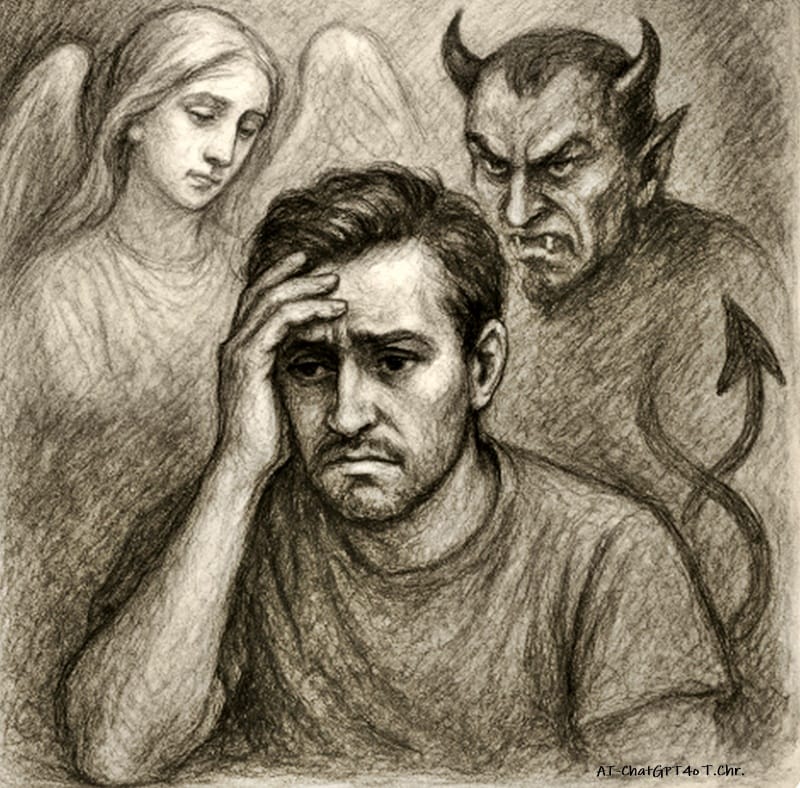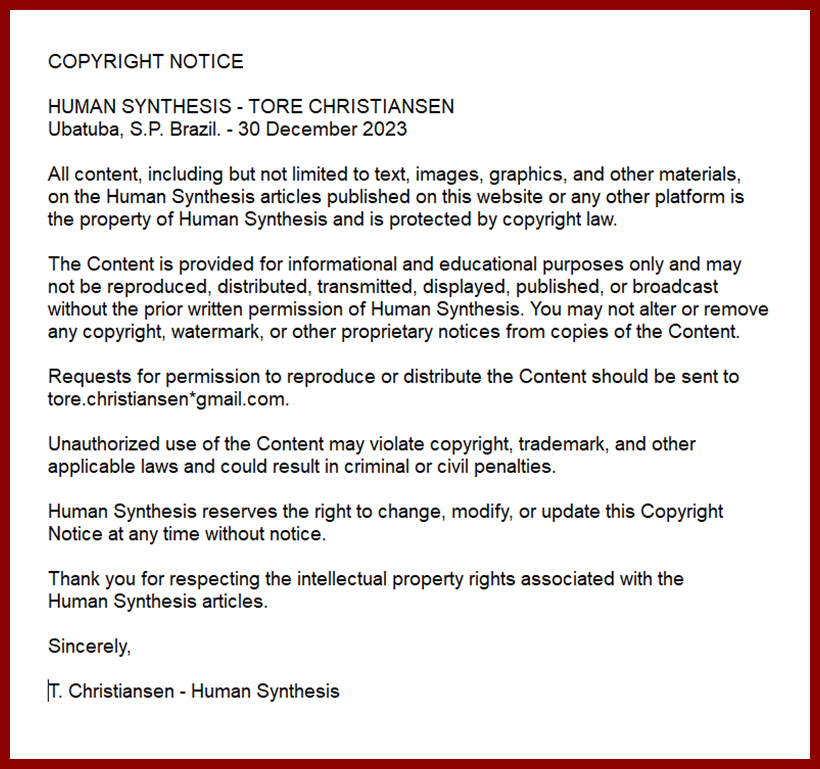Philosophical Reflection On Truth,Goodness and Classical-Modern Divide

By AI-ChatGPT4o-T.Chr.-Human Synthesis-12 April 2025. Dialogue with Norwegian Svein Gustav Wilhelmsen and Marianne Brattgjerd, 13 April 2025
It brings to the surface one of philosophy’s oldest and most enduring questions: are truth and goodness things we discover, rooted in the very fabric of reality? Or are they things we construct, shaped by the human condition, by culture, time, and perspective?
Wilhelmsen appeals to what he calls “classical thinking,” arguing that moral truths are not inventions of society but recognitions of something deeper, something real. We may suppress or resist them when they challenge us, but we do so in bad faith. His position draws from a long realist tradition — one that stretches from Plato through Aristotle and Aquinas — where truth and goodness are not subjective or culturally relative but objective and stable. To act morally is to act in accordance with human nature and with the order of things as they are. In this view, moral knowledge is not made, but perceived — an insight, not a convention.
Brattgjerd rightly challenges this framing. The phrase “classical thinking,” she points out, is not a singular voice but a plural and often conflicting conversation. Even in antiquity, thinkers were divided: Plato clashed with the Sophists, the Stoics argued with the Epicureans, and Aristotle’s ethics differed significantly from the Cynics’. To invoke “the classical” as a monolithic authority risks obscuring the rich diversity — and the contradictions — within that tradition.
This brings us to the deeper question: can morality be objective? Wilhelmsen implies that, deep down, we all “know” what is good — a notion that echoes Plato’s idea that the soul remembers the good and that moral knowledge is an act of remembering, of recognition. But this is a contested claim. Brattgjerd responds that if moral knowledge is derived from our experience, then it is inevitably diverse, and potentially relative. Anthropological studies show vast differences in what different cultures hold to be right or wrong. So, if our experience is our compass, how can we speak of universal moral truths?
Some philosophers attempt to bridge this gap with the idea of moral pluralism — the view that while moral systems may differ, they are not all equally valid, and there may be overlapping patterns shaped by common human needs or shared evolutionary roots. C.S. Lewis, for example, argued that beneath all the differences, cultures share a core of moral principles — what he called the Tao. Others, like Jordan Peterson, suggest that our moral intuitions are deeply shaped by long-term evolutionary patterns that reward certain kinds of social behavior across cultures. So, even if surface expressions differ, there might be a moral grammar shared by humanity — not unlike the shared structures Noam Chomsky found in language.
Still, Wilhelmsen’s boldest claim — that truth and the good are “anchored in reality itself” — raises even more philosophical questions. For centuries, thinkers have debated whether the world itself carries norms, or whether we impose those norms on it. Can what is imply what ought to be? David Hume famously said no, and his challenge has never been satisfactorily resolved. To say that the good is “in” reality requires either a metaphysical worldview like Plato’s realm of forms, a teleological view of nature like Aristotle’s, or belief in a divinely ordered cosmos.
Brattgjerd’s insight is that simply shifting the word from “truth” to “reality” does not clarify the issue. If anything, it adds ambiguity. For Aristotle, truth was a matter of correspondence: saying what is, is. For Heidegger, truth was unconcealment, a revealing of being. For Foucault and other modern thinkers, truth is bound up with discourse and power, shaped by the frameworks through which knowledge is constructed. So when someone says, “truth is anchored in reality,” we must ask: which reality? Defined how? Seen through whose eyes?
Despite their differing tones, both Wilhelmsen and Brattgjerd grapple with the same challenge: how to live authentically in relation to something greater than our preferences or feelings. Wilhelmsen insists that some moral truths are inescapable and real, even if we deny them. Brattgjerd counters that these claims require definition, justification, and sensitivity to human diversity. They are not self-evident, even if they may feel so.
In the end, this is not just a debate about semantics or authority. It is a window into how we, as individuals and societies, wrestle with the big questions: What is good? What is true? And how can we know?
Philosophy rarely gives final answers. But it teaches us to ask better questions — and to remain open to truths that may both comfort and confront us.
The dialogue between Svein Gustav Wilhelmsen and Marianne Brattgjerd brings to the surface one of philosophy’s oldest and most enduring questions: are truth and goodness things we discover, rooted in the very fabric of reality? Or are they things we construct, shaped by the human condition, by culture, time, and perspective?
Wilhelmsen appeals to what he calls “classical thinking,” arguing that moral truths are not inventions of society but recognitions of something deeper, something real. We may suppress or resist them when they challenge us, but we do so in bad faith. His position draws from a long realist tradition — one that stretches from Plato through Aristotle and Aquinas — where truth and goodness are not subjective or culturally relative but objective and stable. To act morally is to act in accordance with human nature and with the order of things as they are. In this view, moral knowledge is not made, but perceived — an insight, not a convention.
Brattgjerd rightly challenges this framing. The phrase “classical thinking,” she points out, is not a singular voice but a plural and often conflicting conversation. Even in antiquity, thinkers were divided: Plato clashed with the Sophists, the Stoics argued with the Epicureans, and Aristotle’s ethics differed significantly from the Cynics’. To invoke “the classical” as a monolithic authority risks obscuring the rich diversity — and the contradictions — within that tradition.
This brings us to the deeper question: can morality be objective? Wilhelmsen implies that, deep down, we all “know” what is good — a notion that echoes Plato’s idea that the soul remembers the good and that moral knowledge is an act of remembering, of recognition. But this is a contested claim. Brattgjerd responds that if moral knowledge is derived from our experience, then it is inevitably diverse, and potentially relative. Anthropological studies show vast differences in what different cultures hold to be right or wrong. So, if our experience is our compass, how can we speak of universal moral truths?
Some philosophers attempt to bridge this gap with the idea of moral pluralism — the view that while moral systems may differ, they are not all equally valid, and there may be overlapping patterns shaped by common human needs or shared evolutionary roots. C.S. Lewis, for example, argued that beneath all the differences, cultures share a core of moral principles — what he called the Tao. Others, like Jordan Peterson, suggest that our moral intuitions are deeply shaped by long-term evolutionary patterns that reward certain kinds of social behavior across cultures. So, even if surface expressions differ, there might be a moral grammar shared by humanity — not unlike the shared structures Noam Chomsky found in language.
Still, Wilhelmsen’s boldest claim — that truth and the good are “anchored in reality itself” — raises even more philosophical questions. For centuries, thinkers have debated whether the world itself carries norms, or whether we impose those norms on it. Can what is imply what ought to be? David Hume famously said no, and his challenge has never been satisfactorily resolved. To say that the good is “in” reality requires either a metaphysical worldview like Plato’s realm of forms, a teleological view of nature like Aristotle’s, or belief in a divinely ordered cosmos.
Brattgjerd’s insight is that simply shifting the word from “truth” to “reality” does not clarify the issue. If anything, it adds ambiguity. For Aristotle, truth was a matter of correspondence: saying what is, is. For Heidegger, truth was unconcealment, a revealing of being. For Foucault and other modern thinkers, truth is bound up with discourse and power, shaped by the frameworks through which knowledge is constructed. So when someone says, “truth is anchored in reality,” we must ask: which reality? Defined how? Seen through whose eyes?
Despite their differing tones, both Wilhelmsen and Brattgjerd grapple with the same challenge: how to live authentically in relation to something greater than our preferences or feelings. Wilhelmsen insists that some moral truths are inescapable and real, even if we deny them. Brattgjerd counters that these claims require definition, justification, and sensitivity to human diversity. They are not self-evident, even if they may feel so.
In the end, this is not just a debate about semantics or authority. It is a window into how we, as individuals and societies, wrestle with the big questions: What is good? What is true? And how can we know?
Philosophy rarely gives final answers. But it teaches us to ask better questions — and to remain open to truths that may both comfort and confront us.
The End
